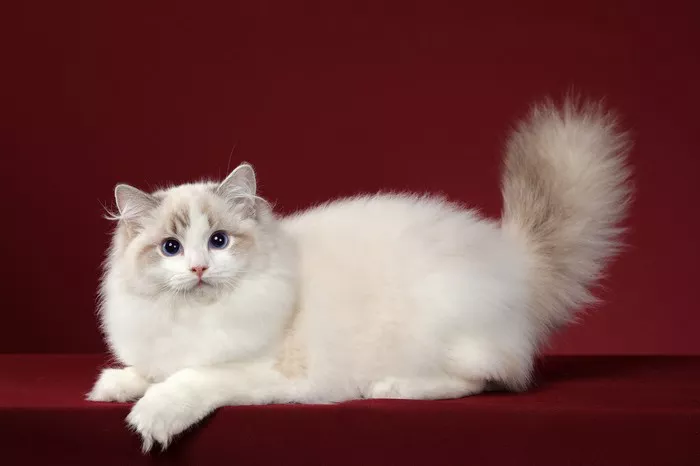Introduction:
Ragdoll cats are beloved for their affectionate nature, stunning blue eyes, and silky, non-matting fur. As a prospective or current Ragdoll owner, you may wonder if this gentle breed is prone to scratching furniture. In this article, we will explore the scratching behavior of Ragdoll cats, provide insights into their natural instincts, and offer tips to protect your furniture while keeping your feline friend happy.
Understanding Scratching Behavior in Cats:
Scratching is a natural behavior for cats that serves several purposes. It helps them keep their claws sharp, stretch their muscles, mark territory visually and through scent, and remove the outer sheath of their claws. It’s important to remember that scratching is a normal and necessary behavior for cats, and providing appropriate outlets for this behavior is essential.
Ragdolls and Scratching:
Ragdoll cats are generally known for their calm and docile temperament. Compared to some other cat breeds, they are typically less prone to destructive scratching. Ragdolls are often described as having a more laid-back nature, making them less likely to engage in aggressive or excessive scratching behaviors.
Tips to Protect Your Furniture:
Provide Appropriate Scratching Surfaces: To redirect your Ragdoll’s scratching behavior away from furniture, offer them suitable alternatives. Invest in a sturdy scratching post or cat tree made of sisal rope or rough material that mimics tree bark. Place the scratching post in a prominent location and encourage your Ragdoll to use it by using positive reinforcement, such as treats or praise.
Cat Scratch Deterrents: If your Ragdoll shows a particular affinity for scratching certain furniture pieces, consider using cat scratch deterrents. These products come in the form of sprays or sticky tapes that can be applied to furniture surfaces. The scent or texture discourages cats from scratching those areas.
Nail Trimming: Regularly trimming your Ragdoll’s nails can help minimize the potential damage caused by scratching. Consult your veterinarian or a professional groomer for guidance on proper nail trimming techniques and frequency. Trimming nails can help keep them blunt and reduce the likelihood of accidental furniture damage.
Soft Paws or Nail Caps: Soft Paws or nail caps are small, plastic covers that can be applied to your Ragdoll’s claws. They are safe, non-toxic, and prevent them from causing damage while scratching. Consult with your veterinarian for proper application and usage instructions.
Environmental Enrichment: Keep your Ragdoll mentally and physically stimulated to reduce the likelihood of destructive scratching. Provide engaging toys, interactive play sessions, and plenty of vertical spaces for climbing and exploration. A well-exercised and mentally stimulated Ragdoll is less likely to resort to scratching out of boredom or frustration.
Positive Reinforcement: Whenever your Ragdoll uses the appropriate scratching surfaces, reward them with praise, treats, or interactive play. Positive reinforcement helps reinforce the desired behavior and encourages them to continue using the designated scratching areas.
Conclusion:
While individual cat behavior may vary, Ragdoll cats are generally less prone to destructive scratching compared to some other breeds. With appropriate outlets for scratching, such as scratching posts, along with environmental enrichment and positive reinforcement, you can protect your furniture while satisfying your Ragdoll’s natural instincts. Remember, patience, consistency, and understanding are key when redirecting their scratching behavior. By providing them with suitable alternatives and ensuring a stimulating environment, you can maintain a harmonious living space while enjoying the company of your beloved Ragdoll companion.


























